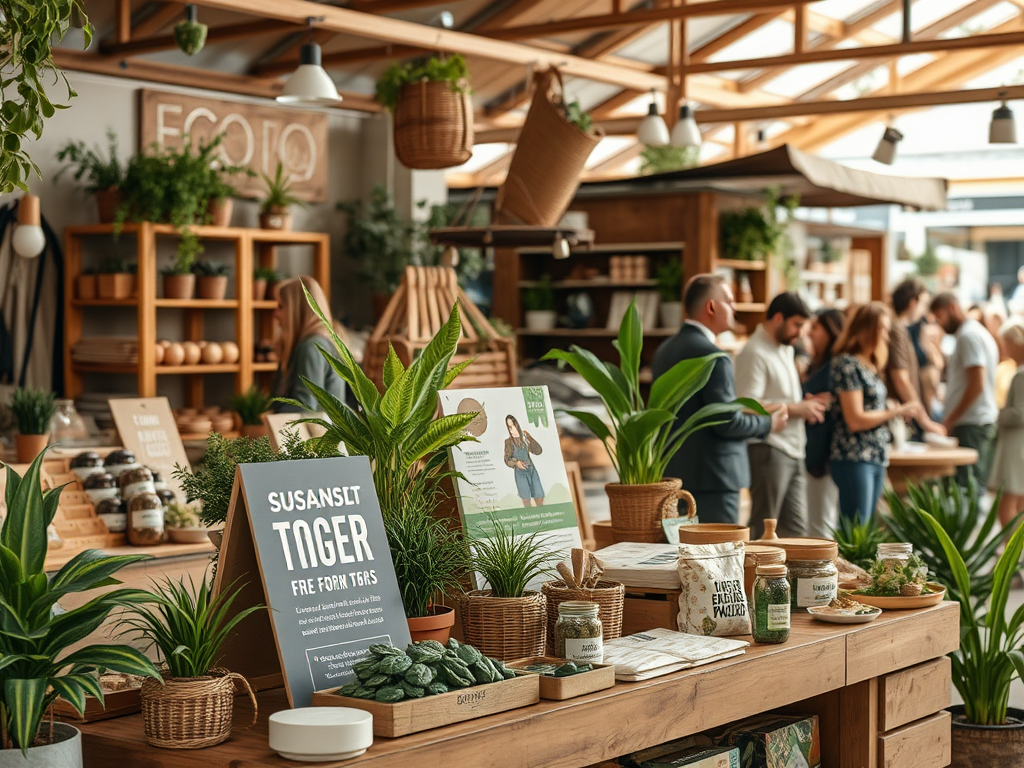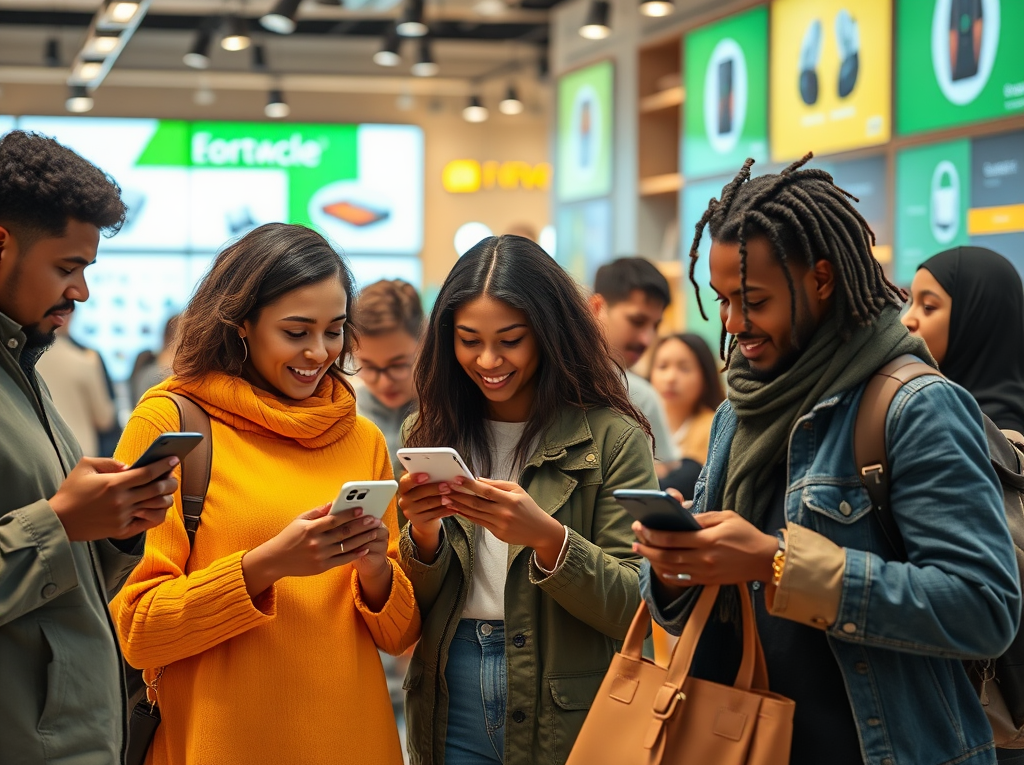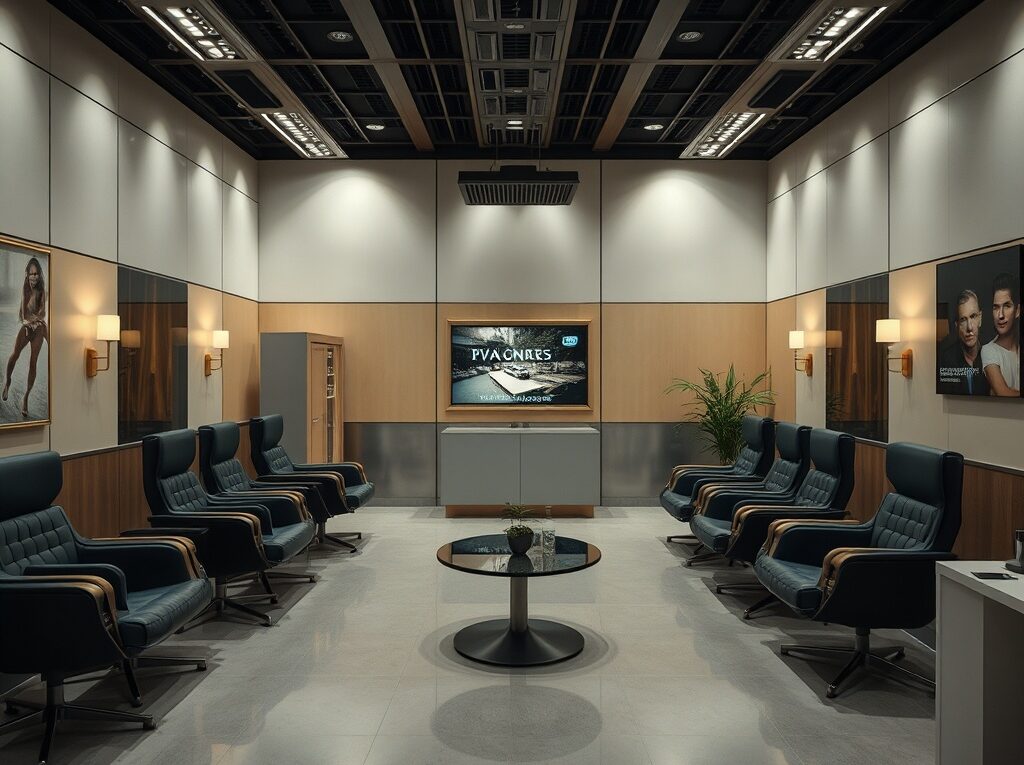The Evolution of Customer Expectations
In today’s fast-paced and ever-changing marketplace, customer expectations are no longer just about receiving good service and quality products. With the proliferation of technology, social media, and evolving cultural norms, these expectations have transformed into a complex web of needs and desires that businesses cannot afford to overlook. The evolution of customer expectations is a captivating narrative that reveals how consumers have shifted from merely desiring a product to seeking an unparalleled experience. This journey is crucial for any brand that wishes to thrive in a competitive landscape. Understanding the driving forces behind these changes not only helps businesses tailor their offerings, but also aids in building stronger, more meaningful relationships with their customers.
The interplay between various societal elements and technological advancements has led to fundamental shifts in how customers perceive value. No longer confined by geographical constraints, consumers now access global markets, amplifying their demands for quality, convenience, and personalization. Today, brands must not only meet these expectations but also strive towards exceeding them to cultivate loyalty. In the sections that follow, we will unpack this evolution, showcasing key trends and their implications for businesses aiming to stay ahead.
Historical Perspective on Customer Expectations

Historically, customer expectations revolved around straightforward concepts like product availability and reliability. In the early 20th century, customers primarily focused on whether a product fulfilled its promised purpose. As the economy evolved, and competition increased, expectations transformed. Customers began to demand higher quality, improved customer service, and more diverse product offerings.
As we transitioned into the latter part of the century, the expectations matured further. The introduction of customer service standards and branding raised the bar significantly. Nowadays, customers seek not just a product but a full-service experience. They desire brands that understand their needs and can anticipate their preferences, creating a personalized journey from discovery to purchase.
As industries evolved, the expectations shifted to encompass a range of factors that contribute to customer satisfaction. Here are several aspects of this evolution:
- Enhanced Product Quality
- Personalized Customer Experiences
- Omni-channel Accessibility
- After-sales Support
The Impact of Technology on Customer Expectations

The advent of technology marks one of the most profound shifts in customer expectations. Customers are now influenced heavily by the amount of information at their fingertips, leading to a demand for transparency and immediate access. This has propelled companies to rethink their market strategies entirely. Businesses that once operated solely on traditional models must now integrate digital solutions or risk obsolescence.
Moreover, the rise of e-commerce has transformed how we evaluate convenience and cost-effectiveness. An online marketplace opens a direct line of comparison, allowing consumers to make quick decisions based on price and reviews, thus influencing their overall expectations. The demand for mobile optimization further highlights the need for instantaneous access to services and information.
The internet’s influence extends beyond e-commerce; it has fundamentally changed how customers interact with brands. Key points of impact include:
- Instant Reviews and Testimonials
- Competitive Pricing Analysis
- 24/7 Customer Service Availability
| Factor | Previous Expectation | Current Expectation |
|---|---|---|
| Product Availability | Limited to Local Markets | Global Access Anytime |
| Service Hours | Business Hours Only | 24/7 Availability |
| Feedback Response | Delayed Responses | Immediate Engagement |
Social Media and Customer Engagement
With social media at the forefront of modern communication, customers expect brands to be socially active and engaged. The rise of platforms like Facebook, Twitter, and Instagram has catalyzed a shift in how consumers relate to brands. These platforms allow for constant dialogue and foster a level of intimacy previously unseen in traditional marketing.
Customers today expect brands to maintain a personal touch in their interactions, often welcoming real-time feedback and communication. Missteps or a lack of engagement can result in instant backlash, reinforcing the importance of maintaining an active online presence.
To stay current, brands must prioritize responsiveness. Here are some strategies that could be employed:
- Real-time Customer Support
- Proactive Engagement Techniques
- Utilization of Chatbots for Instant Queries
Personalization and Customization
As consumer awareness continues to grow, so does the expectation for personalization. Today’s customers are not satisfied with generic offerings; they seek brands that can tailor experiences to their specific preferences. The use of data-driven decision-making has become essential in achieving this level of personalization. This requires businesses to not only collect data but to analyze it effectively to better understand customer trends and behaviors.
Moreover, personalization extends beyond product recommendations. Customers now expect tailored communication, targeted marketing, and customized solutions based on their previous interactions. The importance of building a personalized rapport with each customer cannot be overstated; it creates lasting loyalty and drives repeat business.
Sustainability and Ethical Expectations
As consumers become more socially aware, sustainability and ethical practices are increasingly shaping their expectations. Today’s customers want to ensure that the brands they support align with their values, particularly regarding environmental protection and corporate social responsibility. This demand has led many companies to adopt more transparent practices and focus on sustainability initiatives.
Brands are now expected to operate ethically, considering their social and environmental impact. Customers increasingly seek assurance that their purchases will not contribute to harm, as this has become a key factor in their decision-making processes.
Modern consumers evaluate brands based on their commitment to ethical practices. Here are some common considerations:
- Fair Trade and Ethical Sourcing
- Environmental Impact Initiatives
- Community Engagement Programs
Conclusion
The evolution of customer expectations is a continuously unfolding narrative marked by rapid change and growing complexity. For businesses, understanding these evolving needs is not just beneficial; it is imperative for survival in today’s competitive market. Companies that adapt their strategies to meet and exceed customer expectations will foster enduring relationships and secure customer loyalty.
Frequently Asked Questions
- What are the primary factors influencing the evolution of customer expectations? Technological advancements, social media engagement, and shifts in cultural values are pivotal.
- How can businesses effectively meet modern customer expectations? By leveraging data for personalization, ensuring transparency, and maintaining rapid communication.
- Why is sustainability important to customer expectations today? Consumers increasingly prefer brands that demonstrate a commitment to environmental and social responsibility.
- What role does feedback play in shaping customer expectations? Customer feedback helps brands understand expectations and improve their products/services accordingly.
- Are customer expectations the same across all industries? No, expectations can vary significantly based on industry norms, customer demographics, and cultural contexts.




